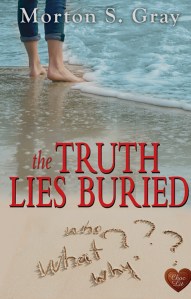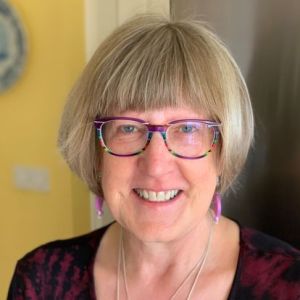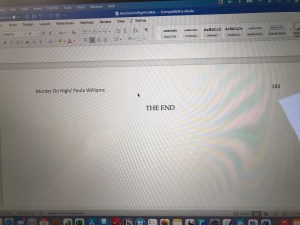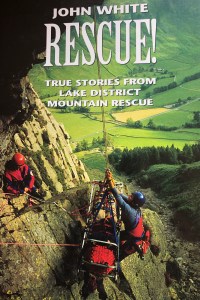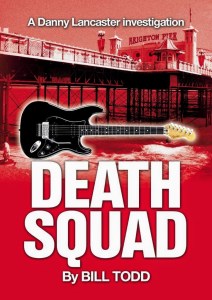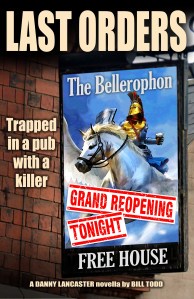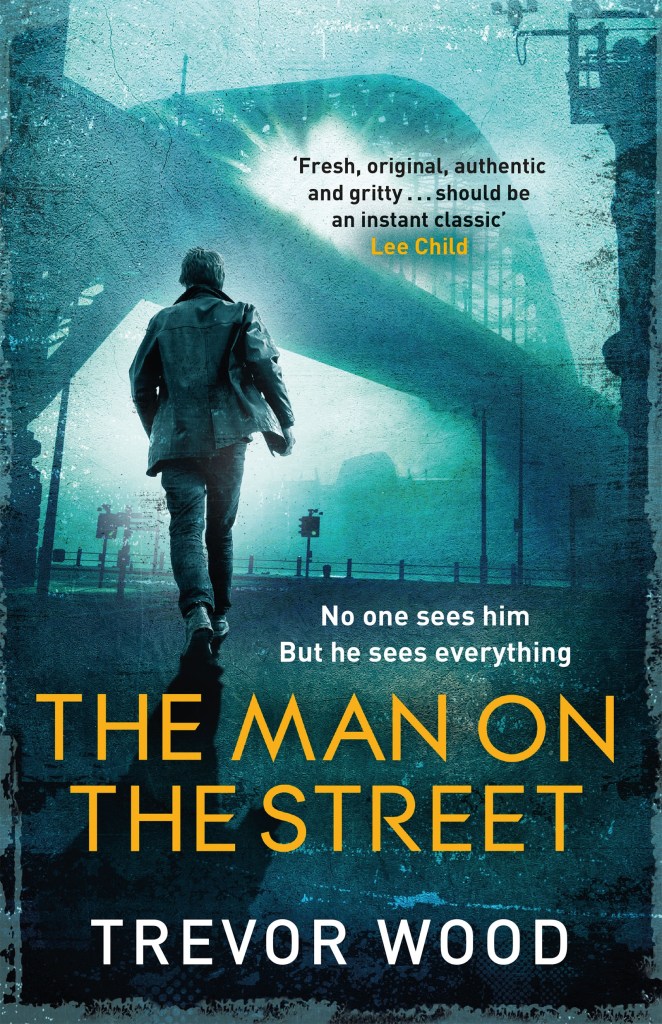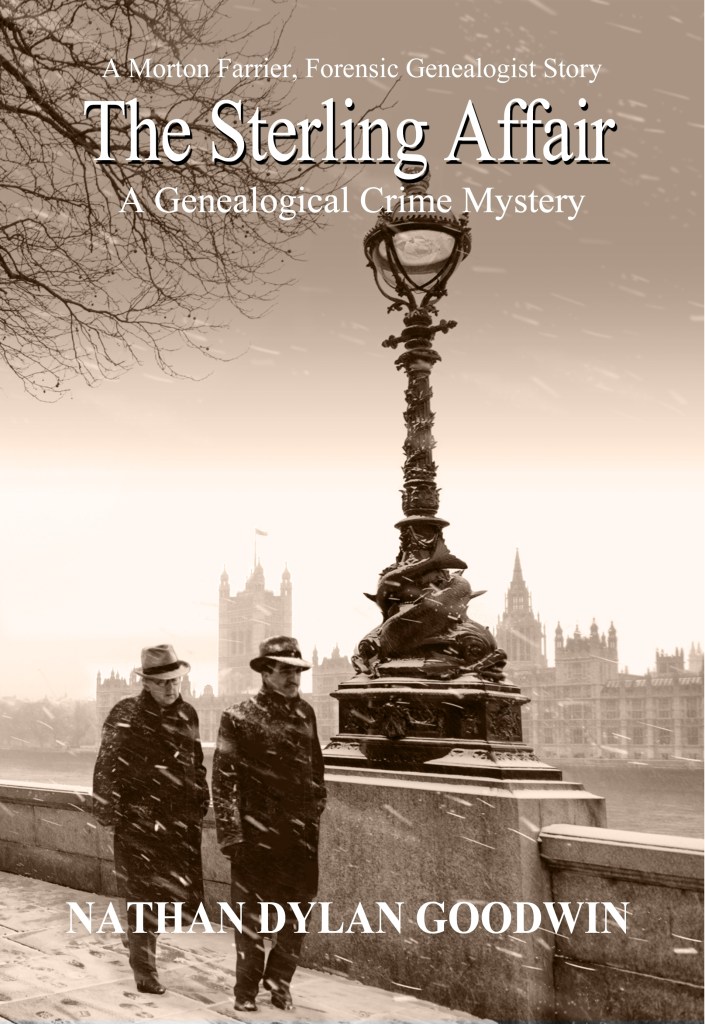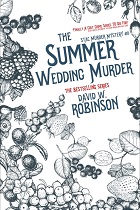First, I have to start with an apology. To you, my readers who are no doubt waiting anxiously for my latest blog post. Or maybe not. (;-)
But most of all, I owe an apology to this week’s featured guest. I interviewed Morwenna Blackwood in my Idea Store column in Writers’ Forum a couple of months ago when Morwenna told me about the inspiration behind her series of novels and I wrote at the time that a fuller interview with Morwenna would appear on this my blog.
But then, like so many households, we had an unwelcome visitor by the name of Covid 19 turn up uninvited on our doorstep. And like many an unwelcome guest, they were extremely disruptive, made a thorough nuisance of themselves and definitely outstayed their welcome, leaving us, when they eventually did go, with our house and our lives in chaos and our heads in a state of total brain fog.
Which is another way of saying that I’m sorry but my fingers, my laptop and my brain haven’t been talking to each other very much lately.
However, all is now behind us (hopefully), we’ve crossed our unwelcome visitor off our Christmas card list and my brain has started to function again. Or as much as it ever did.
So, in my Idea Store column in Writers’ Forum I told Morwenna how I’d read and throughly enjoyed her novel The Glasshouse, even though it was way out of my reading comfort zone. I asked how how she came up with the idea for the book which was when I discovered it was actually the second part of a three book series. Such is her skill as a writer that I didn’t even realise that as I read the book and am certainly looking forward to reading the others in the series.
Below is the fascinating and thought provoking quote she gave me for the magazine article.
Morwenna
Once upon a time, when I was sixteen and at college, sitting at my desk in a Communications Studies class, my tutor, Annie, was teaching us about how something and something else were inextricably linked. I kind of missed the point of the lesson because I can’t remember what she was actually talking about, but I’d never heard the word ‘inextricably’ before and fell in love with everything about it.
I remember thinking at the time – I can still see where I was sitting and my old folder! – when I write my books, I’m going to write about a point in time as if affects everyone around it, and the characters will all be linked but they won’t know it. I thought about writing from the points of view of four friends – separate narratives rolled into one. The idea stayed with me, literally, for years, and I wrote a load of stories, messing about with format. As I’m also fascinated by the that fact that perception is everything, even our concepts of reality, I decided to write something based on my own experience of mental illness.
Throughout my life I’ve been in and out of various psychiatric units. In one hospital, I remember a member of staff commenting on the fact that one of the psychiatrists was very good looking – I hadn’t noticed until then! – and I wondered what would happen if a doctor fell in love with a patient or vice-versa; I explored the idea in the piece I wrote for my MA dissertation, and this transpired to be the bones of Glasshouse.
Muse were the inspiration for the band in Glasshouse, ‘Charcot’; along with all the gigs I went to in my teens and twenties. I found the name when I was planning a presentation on ‘Hysteria’ as part of my MA. Jean-Martin Charcot was a French neurologist, who is best known nowadays for his work on hysteria and hypnosis; Freud was one of his students.
Although I had this fairly well-developed story, something told me that I couldn’t begin with it; instead, I wrote The (D)Evolution of Us first.
When I first fell in love, I fell in love hard. I was ill at the time, which exacerbated the situation, and when the relationship began to crack, I couldn’t understand what this lad was feeling, I’m ashamed to say. Elements of Adam and Cath came from that.
In truth, I am a survivor of abuse, and really this whole series of books (the published two, the third that’s in edits, and all the others in my notebooks and in my head) came about because I wanted to try to understand why people do the things they do – what makes someone cross a line. I hope one day to take a course in criminal psychology.
Everyone has their reasons, or, rather, catalysts, and our choices make us what we are to others. As I said, it’s all about perception – that’s why my website tagline is It’s all in your mind. I’ve spent a great deal of my life in existential crisis!
In essence, I got my ideas for this series of novels from my own experience of life, and my attempt to make sense of it.
Me
Thank you so much for that, Morwenna. That’s fascinating and I’m really looking forward to reading more of your work.. But let’s move on to your writing in general. What inspires you most? Is it characters? Settings? Or, maybe, books you have read?
Morwenna
I don’t think any one thing inspires me ‘most’. I kind of mash things together in my stories, so inspiration might come from a sentence I overhear walking down the street, or, in the case of Glasshouse, a turreted B and B by the sea. Novels aren’t written in a vacuum, and my personal experience of life pops up in various guises. And as a writer, of course I’m a reader. I love the exquisite and lyrical memoir writing of Horatio Clare, the bonkers stream-of-consciousness and snap-shot tripping of William H Burroughs, the bittersweetness of Jack Kerouac, and the absolutely incredible Dracula, by Bram Stoker, Joyce’s Ulysses, Luke Rhinehart’s, The Dice Man…so many!
Me
So how did your writing journey start? Have you always written? And what was your first published piece?
Morwenna
Writing has been the only constant in my life. I can’t remember ever not having written. The first proper story I wrote was about a frog. I was six years old, and I got told off because I wouldn’t stop writing it! It went on for a whole exercise book, and I never finished it! I took my first degree at the Uni of Manchester, because it had a great creative writing element, and wherever I’ve lived, I’ve joined writers’ groups and taken courses.
I self -published a novel – under a different name – when I was 36, but I didn’t have a clue about the industry, and have since taken it off the internet, although it might turn up in a different guise one day! Twenty years after my first degree, I took a Masters in Creative Writing at the Uni of Exeter – my dissertation eventually became Glasshouse. But it wasn’t until I took a course with Imagine, (click on the name for the link) called Novel in a Year, that I was ready to take my writing seriously, and approach agents and publishers. The (D)Evolution of Us was published by darkstroke, an independent publisher, in May 2020. And there’s no stopping me now!
Me
That’s great to hear. And what are your future plans?
Morwenna
Keep going and see what happens! As I mentioned earlier, my third novel is with my editor right now, and I’ll approach publishers when I’m happy with it!
I’m also writing a non-fiction book, and a short story. I have several other novels in the Glasshouse series planned out, and a whole load of possible plots for other works, including a tongue-in-cheek piece called My Boyfriend Invented the Jagerbomb.
Me
That’s certainly an intriguing title! I’ll look out for it. Now, how about telling us three things that we might not know about you.
Morwenna
1. I Have forgotten how to ride a bike
2. I can read music
3. I threw my bra at Jarvis Cocker at a Pulp gig in 1995.
Me.
Hmm. Well, I can still ride a bike and I can also read music. But I have never thrown my bra at Jarvis Cocker or anyone else come to that! So if I tell you it’s never too late to learn to ride a bike, and you tell me, it’s never too late to ….. well, maybe not!
Thanks for a great interview, Morwenna. it was fascinating.
Edited – Hot off the press
Since this interview, Morwenna’s third book, Underrated, has become available for preorder. It will be published on February 14
And finally, those all important social media links and buy links
Social Media Links, blog, website etc.
www.morwennablackwoodauthor.com – website and blog
www.facebook.com/morwennablackwood -facebook
www.amazon.com/author/morwennablackwood – amazon author page
@MorwennaBlackw1 – Twitter
morwennablackwood_ – Instagram
The all important buy links.
Mybook.to/devolution – The (D)Evolution of Us
Mybook.to/glasshousenovel – Glasshouse
https://my book.to/underrated. Underrated. Publication dated 14/2/22
Author Bio
When Morwenna Blackwood was six years old, she got told off for filling a school exercise book with an endless story when she should have been listening to the teacher/eating her tea/colouring with her friends. The story was about a frog. It never did end; and Morwenna never looked back.
Born and raised in Devon, Morwenna suffered from severe OCD and depression, and spent her childhood and teens in libraries. She travelled about for a decade before returning to Devon. She now has an MA in Creative Writing from the University of Exeter, and lives with her husband, son and three cats in a cottage that Bilbo Baggins would be proud of.
Morwenna is the author of best-selling noir psychological thrillers, The (D)Evolution of Us, and Glasshouse, published by darkstroke. The novels standalone but the characters and events interconnect; the third novel in the series, Underrated, is in progress.
When she is not writing, Morwenna works for an animal rescue charity, or can be found down by the sea.
She often thinks about that frog.





